What if ancient myths are real memories?
What if ancient myths are real memories?
What if the ancient myths we read today—the stories of gods and monsters, great floods and fiery skies? are not simply fantasy, but ancient memories preserved through generations? What if the legends passed down in every culture were humanity’s first history books, written not with ink but with emotion, symbols, and spoken words?
For centuries, people dismissed myths as fairy tales or religious metaphors. But in recent years, researchers, historians, and scientists have started asking a deeper question: what if myths contain real memories of past events—catastrophes, migrations, cosmic encounters—that early humans encoded into stories in order to survive them, remember them, and pass them on?
The Flood: A Global Memory That Refuses to Die
Let’s start with one of the oldest and most persistent myths in human history: the Great Flood. It shows up everywhere, Mesopotamia’s Epic of Gilgamesh, the Bible’s Noah’s Ark, India’s Matsya Purana, stories from Aboriginal Australia, South America, and countless other cultures.
Could they all be remembering the same event?
As sea levels rose rapidly after the last Ice Age, many coastal civilizations were drowned. Scientists estimate this happened around 10,000 to 12,000 years ago, a perfect match for when many of these stories likely originated. Without modern science, people couldn’t explain rising seas, so they turned to stories. A god sent a flood. A hero built a boat. Survivors rebuilt the world.
These myths weren’t just religion; they were warnings. They were cultural memory preserved in the only way early humans could, through stories.
Disasters in the Sky and Fire Beneath the Earth
Other common myths describe pillars of fire, sky serpents, or great beasts underground. At first glance, they seem like fantasy. But what if they were memories of:
- Meteor strikes: Events like the Tunguska blast or even older cosmic impacts could have inspired stories of fire from the heavens.
- Volcanic eruptions: The fall of Atlantis, for instance, may be a warped memory of the volcanic eruption at Thera (Santorini), which destroyed entire civilizations.
- Earthquakes and tectonic shifts: Serpents beneath the ground causing tremors and splits? That sounds eerily close to early descriptions of seismic activity.
Our ancestors didn’t have scientific vocabulary, but they experienced the events. And they remembered them the best way they could: by turning them into gods, monsters, and moral lessons.
Shared Symbols Across Cultures: Coincidence or Common Memory?
Take a look at myths from different parts of the world, and you’ll notice the same themes and symbols:
- A world tree connecting the heavens and the earth
- A great flood that resets humanity
- A trickster god who bends the rules
- A hero’s journey into the underworld and back
These appear in Norse, Hindu, Native American, African, and Polynesian myths, despite oceans and centuries separating them.
How is that possible?
Either humans are wired to imagine the same things (which is likely true to some extent), or, perhaps, we’re all remembering the same events, retold in different languages, cultures, and symbols. Myths become memory maps, guiding us through dangers and mysteries our ancestors once faced.
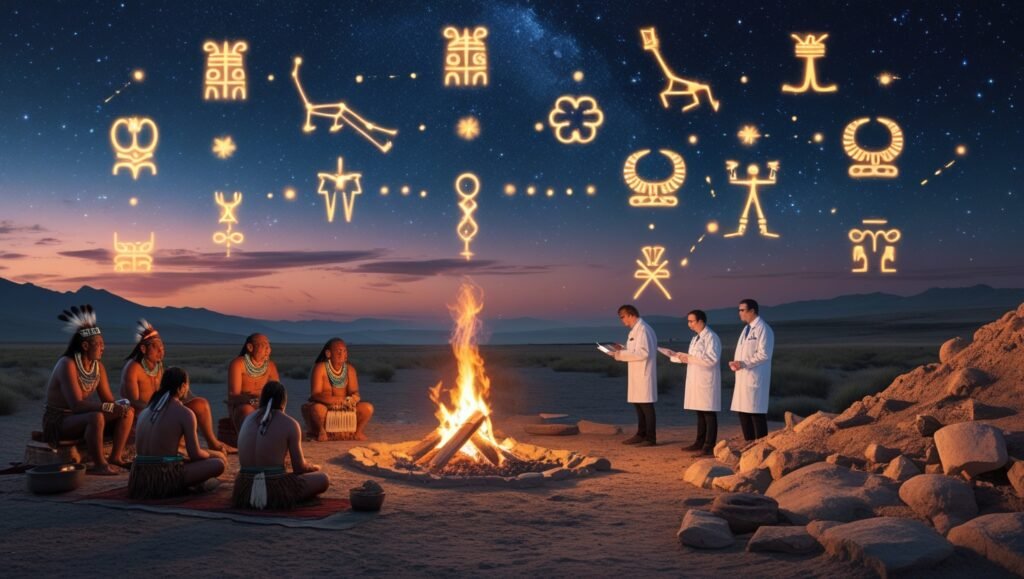
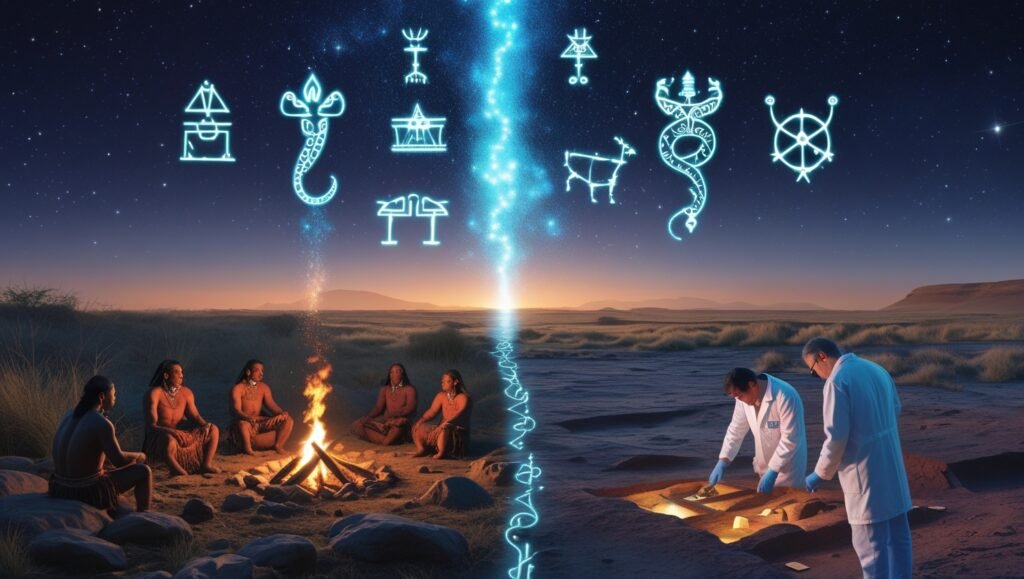
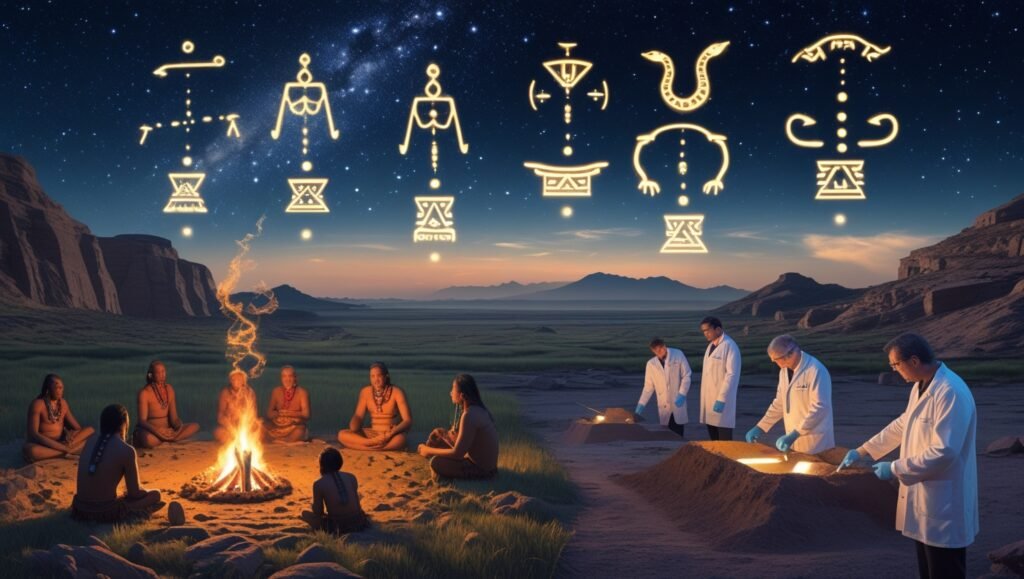
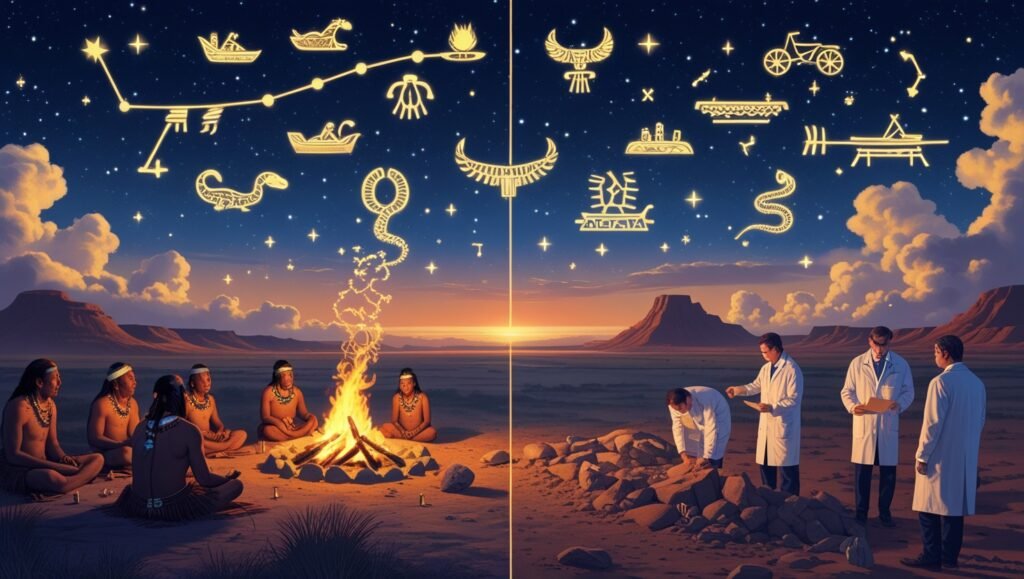
Scientific Support: Myth Meets Archaeology
While myths aren’t science, some scientists are taking them seriously. In fields like geomythology, neuroanthropology, and cognitive archaeology, researchers study how oral traditions might preserve real geological or cosmic events.
Examples include:
- Aboriginal Australians have stories over 10,000 years old, accurately describing coastlines that are now submerged.
- Native American myths about “earth-shaking thunderbirds” may correspond to ancient meteor strikes or massive storms.
- Greek myths of Titanomachy (a war among gods) could echo real struggles between early civilizations or even cosmic battles in the sky.
As technology advances, we’re learning that myths may hold more truth than we ever imagined.
Why Myths Matter If They Are Memories
If myths are real memories, even distorted or symbolic ones, then they aren’t just stories, we should treat them as:
- Historical sources: Not for exact facts, but for clues about real past events.
- Emotional time capsules: Encoded with fear, awe, love, and wonder.
- Cultural survival tools: Teaching future generations how to live, prepare, and respect the natural world.
This turns mythology from entertainment into a living archive of the human experience.
Key Takeaways
- Myths may be encoded memories of real ancient events, including floods, fires, cosmic disasters, or migrations.
- These memories are passed through generations using symbols, emotions, and storytelling.
- Scientific fields are now exploring the connection between myth and history.
- Global myths share similar patterns, suggesting shared human experiences or memories.
- Myths may be our earliest form of history, psychology, and cultural resilience.
What We Think
At EdgyThoughts, we believe that treating myths as real memories adds meaning to the human story. It makes us curious. It connects us. And it reminds us that even in a world full of science and facts, storytelling remains our most powerful survival tool.
We may never prove every myth was real, but we can appreciate them as the heartbeat of our ancestors, truths told in the only language they had.
🔗 Related Articles from EdgyThoughts.com
🌐 External Resource
Learn more about mythology and memory on Wikipedia – Mythology
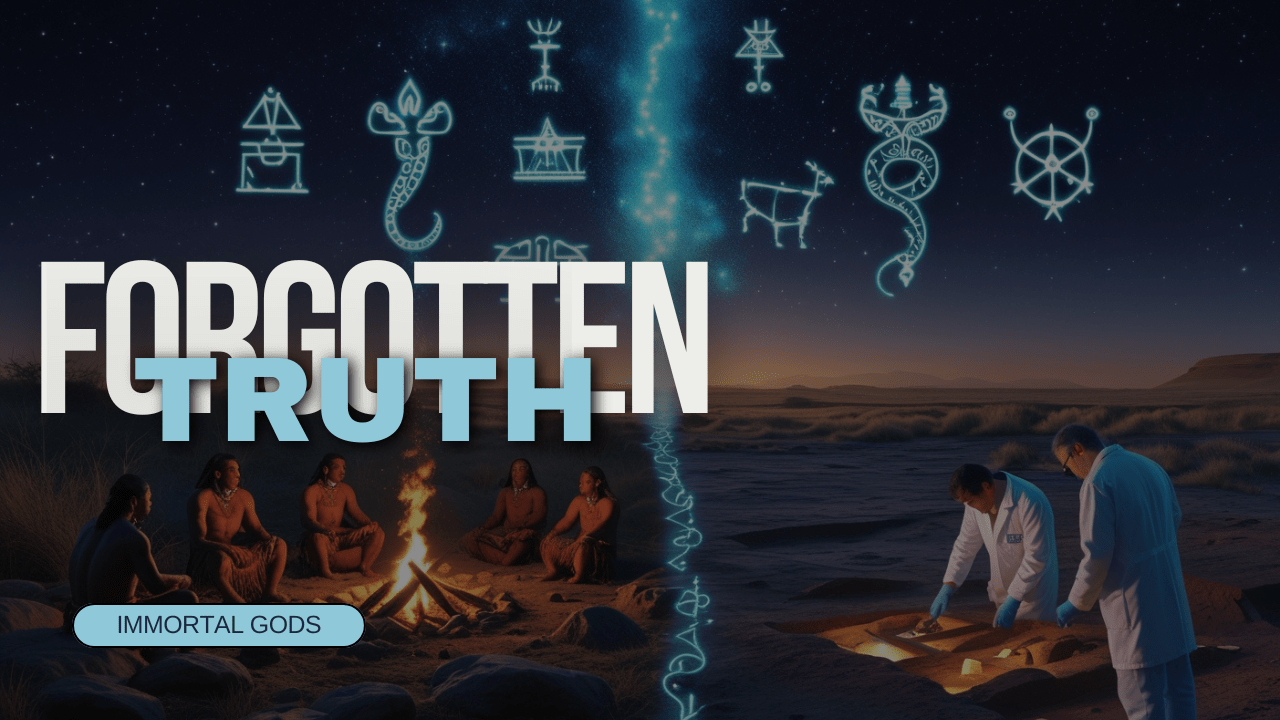






One Comment
Comments are closed.